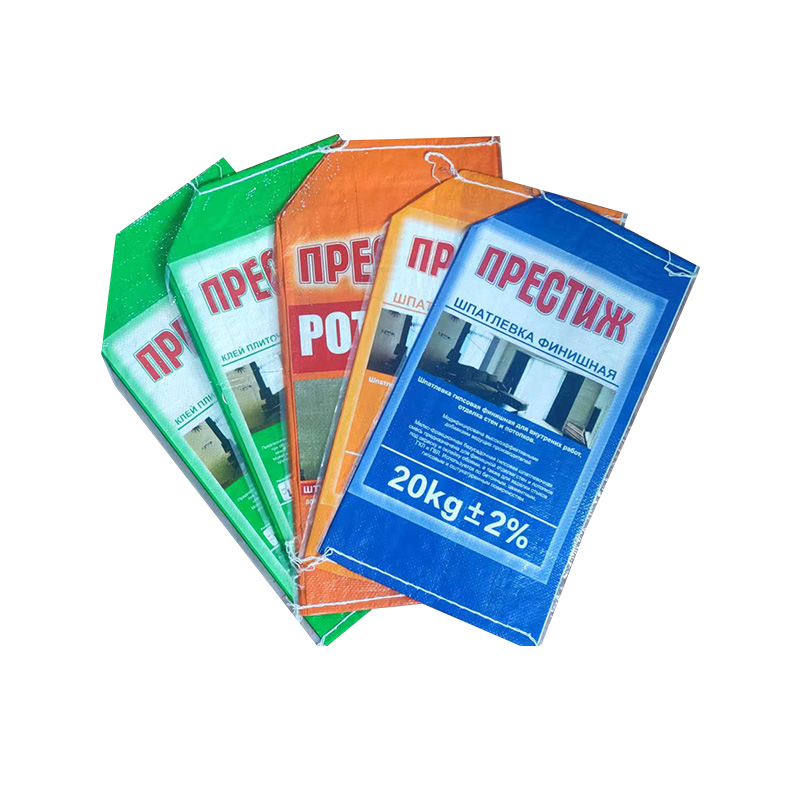Packaging decisions have a significant impact not only on product protection but also on overall waste management. Color-printed laminated woven bags demonstrate how sustainable packaging materials can reduce packaging waste while maintaining functionality and visual appeal.By combining durability, reuse potential, and design flexibility, these bags provide an effective solution for businesses seeking to lower environmental impact without compromising operational needs.
Durable Construction for Multiple Uses
The laminated woven structure of these bags offers high resistance to tearing, punctures, and environmental stress. This durability allows the bags to be reused across multiple transport cycles, reducing the need for single-use packaging. Materials such as powders, chemicals, and agricultural products benefit from the strength of these bags, as intact packaging prevents product loss and limits replacement frequency. Fewer replacements translate directly into less packaging waste generated over time.

Sustainable Materials and Reusability
Sustainable packaging materials are designed with both environmental and operational considerations in mind. Laminated woven bags are often produced from polypropylene, a material that can withstand repeated use while maintaining structural integrity. Their potential for reuse helps businesses meet sustainability goals and reduce the volume of discarded packaging. When reused, these bags not only lower material consumption but also decrease the energy and resources associated with producing new packaging.
Efficient Design Supports Waste Reduction
The design of color-printed laminated woven bags contributes to waste reduction in multiple ways. Stackable and lightweight, they optimize storage and transport space, allowing more products to be moved with less packaging material. Valve spout options for powdered products provide controlled filling and discharge. These features support both operational efficiency and environmental responsibility by reducing accidental waste.
Custom Printing and Brand Communication
Printing directly on laminated woven bags reduces the need for separate labels, stickers, or additional packaging layers. Color-printed surfaces allow clear display of product information, logos, and handling instructions, which remain legible even after repeated use. By consolidating branding and functional information into the packaging itself, businesses can cut down on supplementary materials, further decreasing overall waste.
Versatility Across Industries
These bags are suitable for a wide range of industries, including construction, chemicals, agriculture, and food packaging. Food-grade options ensure compliance with safety standards, while UV-resistant varieties maintain stability for outdoor storage. Their adaptability allows companies to standardize packaging across different products, reducing the need for multiple types of disposable packaging and contributing to waste minimization.
Long-Term Environmental Benefits
By integrating laminated woven bags into packaging strategies, companies can establish a cycle of reuse that extends beyond a single product shipment. Fewer discarded bags mean less strain on landfills and reduced environmental footprint from packaging production. Using sustainable packaging materials also aligns with broader corporate sustainability initiatives, showing a tangible commitment to reducing environmental impact.
Practical Considerations for Implementation
Transitioning to reusable laminated woven bags requires evaluating product weight, shipping conditions, and storage methods. Understanding these factors helps determine bag size, lamination type, and printing requirements to enhance durability and reusability. By carefully planning the lifecycle, companies can leverage the benefits of sustainable materials and reduce waste without compromising operational efficiency or product protection.


 English
English Español
Español عربى
عربى
